
Organizations that want to promote employee growth can choose a blend of formal and informal learning methods for success. This judicious blend can help organizations meet their learning objectives.
How?
In today’s digitally advanced world, we constantly learn new information, skills, and working methods. Plus, it has also revolutionized the way we create and share information.
Informal learning in the training industry follows the 70:20:10 model developed by three researchers: Michael M. Lombardo, Morgan McCall, and Robert A. Eichinger. They were associated with a non-profit educational institution in North Carolina.
According to this model:
- 70% of learning happens through on-the-job training experience
- 20% through social and collaborative learning
- 10% through formal educational training or events
It’s clear that they assigned a greater percentage to experiential and informal learning, and there are good reasons for it. These types of learning can help boost employee engagement and increase knowledge retention.
What’s more, such informal learning enables learners to choose their schedule, pace, and location for learning, which is not possible in formal classroom setups.
So, let’s take it from here and explore the many benefits of informal learning. Plus, you’ll find some examples of informal learning in the workplace.
What Is Informal Learning?
Informal learning, also known as asynchronous learning, is an unstructured way of learning that takes place away from traditional classroom settings.
Examples of informal learning include social peer-to-peer learning through group discussions, seminars, role-plays, and collaboration tools.
Since it’s often unplanned and self-directed, this kind of learning does not have fixed objectives or goals.
Currently, most organizations are investing in training and development, but they are primarily formal training. Though it’s a good approach, businesses should also support informal learning as it comes with plenty of benefits and advantages.
To know more about how informal learning helps, watch this video by Jay Cross, the man who popularized the term e-learning for business settings:
Watch: What is informal learning?
Benefits of Informal Learning in the Workplace
Informal learning happens at a learner’s pace, and there is no scheduled learning plan. Learners acquire knowledge casually, and they don’t have any pressure to complete modules or pass assessments. In simple words, the entire learning process happens in a relaxed way.
Besides this, there are plenty of other advantages of informal learning, which are as follows:
Self-Directed Learning
Informal learning is self-directed, which means learning is completely driven by learners. It gives them more control over their learning, and they have the freedom to decide what to learn, when, and how.
Self-paced learning boosts employee engagement and productivity and develops perseverance and self-confidence.
Laissez-Faire Process
One of the main benefits of informal learning in the workplace is that it’s more like a laissez-faire process.
Laissez-faire is a french term meaning ‘let it be.’ In this process, leaders leave it up to their juniors to complete responsibilities at their own pace without imposing strict rules or policies.
Similarly, informal learning allows learners to acquire knowledge at their own pace. It gives a flexible environment as employees can choose their schedules, pace, time, and place for learning.
Expands Knowledge
Though formal learning is suitable for imparting knowledge, informal learning can enable learners to research the subject independently and discover new theories, thoughts, and processes.
In formal training, subject-matter experts design courses, and the topics mainly focus on specific points. Informal learning encourages learners to gather information from outside sources, which expands their knowledge and gives a more in-depth understanding of a subject. This way, their capacity to learn becomes boundless.
Saves Time, Money, and Resources
Since informal learning encourages self-directed learning, organizations don’t have to invest much in creating training materials, arranging classrooms, hiring trainers, etc.
Learners can decide on what and when to learn. They can also decide on the sources they wish to gain the information from.
Creates a Learning Culture
When organizations combine formal and informal learning strategies, they build a continuous and sustainable learning culture and encourage employees to guide and teach each other.
Learners can gain knowledge not only from subject matter experts or formal courses but also from outside sources such as articles, blogs, or social media, which fosters a culture of continuous learning.
That was all about the benefits of informal learning. We discussed a lot about formal and informal learning above, but what is the exact difference between the two? Let’s check it out in the next section.
Difference Between Formal and Informal Learning
Formal and informal training differs from one another in the following ways:
| Formal Learning | Informal Learning |
|---|---|
| This kind of learning is structured. | Informal learning is unstructured and is more flexible compared to formal learning. |
| It includes courses and learning paths that learners must take within a specific time. | They are unplanned and take place organically in a casual manner through informal ways such as discussions, debates, social media, etc. |
| Content can be delivered via traditional classrooms or online training software such as a Learning Management System (LMS). | Organizations can use a Learning Management System or LMS for informal learning because it's an excellent tool for facilitating anytime, anywhere, any device learning. |
| Formal learning has set learning goals or objectives. The goal can be to acquire knowledge, or ne. In this typew skills, learners have to seek answers from the training materials designed by subject experts. | This learning type does not have any fixed goals or learning objectives. It’s a flexible kind of learning where employees can use online/offline resources to get answers to their questions. |
| Formal training is guided by an instructor and can take place either in a classroom or online learning environment. A trainer imparts knowledge and communicates various concepts to individuals or groups. | Informal training is self-directed learning, and learners can learn at their own pace from anywhere and anytime. This way, learners take charge of their learning process. |
| Includes face-to-face methods such as group discussions, seminars, coaching, on-the-job learning, etc. Formal training can also be imparted through podcasts, videos, ILTs, LMS courses, VR, etc. | Informal training methods include social media, online communities, forums, conversations, etc. Learners can also gain information through personal research by reading blogs, articles, online resources, etc. |
Now you must be thinking how to ensure both learning types can be made part of your training process.
You’ll find the answer below.
7 Examples of Informal Learning in the Workplace
Here are the top 7 examples of informal learning that boost employee engagement and productivity in the workplace.
Mentoring
This is an informal learning example where mentors and mentees are encouraged to work together through shared experiences and knowledge. This kind of informal interaction usually happens between a new and experienced employee.
The mentors share their expertise and knowledge to prepare new hires for their roles. This meaningful exchange also tests the mentors’ knowledge and helps them refine their skills.
Videos
Nowadays, people rely a lot on videos to gather knowledge. Audiovisuals play a significant role in knowledge retention and make the learning process engaging. You can find ample learning materials, such as instructional videos, documentaries, etc., on platforms like Dailymotion and YouTube.
Acquiring new skills or gathering new knowledge is easy through video tutorials because you can find all kinds of topics on these platforms.

Check out this guide to learn how to add YouTube videos to a course.
Self-Study
As the name suggests, self-study involves studying at your own pace without assistance from instructors. It’s a method where learners take control over their learning without any direct guidance or supervision.
Microlearning courses are great for kickstarting your self-study journey. Information in such courses is delivered in bite-sized chunks for better knowledge retention.
Games and Simulations
In this type of informal learning, learners acquire knowledge through the use of games and simulations. Learning through brain games excites learners’ interests and encourages healthy competition.
Plus, deploying microlearning modules integrated with gamification elements makes the learning process interactive and memorable.
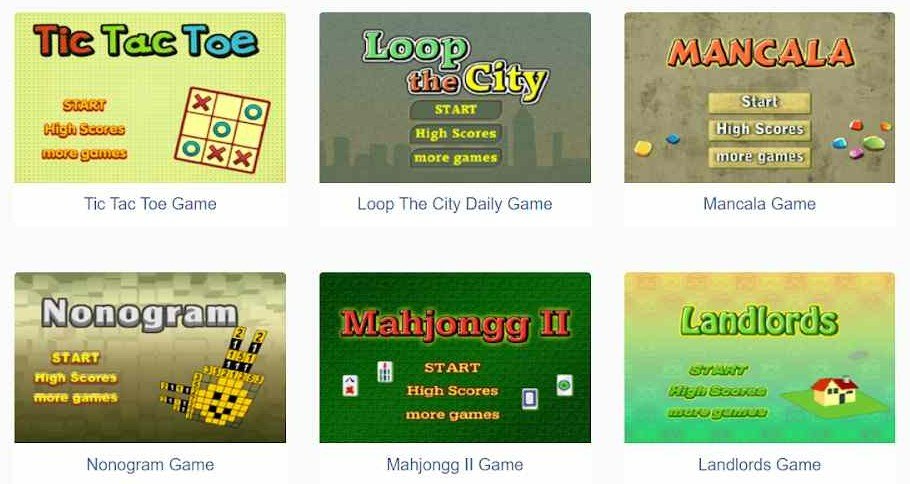
You can use an LMS for this purpose as it includes ready-made brain game templates, or you can also create mind games from scratch. Puzzle games, crosswords, memory games, etc., makes learning fun.
Podcasts
Another example of informal learning is podcasts, which started off as an entertainment platform where creators could share their opinions and thoughts on a topic. Podcasts are considered a great way of informal learning because of their availability. Now most learners use them for educational purposes.
Learners just need to have a smartphone so that they can listen to a podcast on their favorite platforms at their convenience. Most podcast formats are in the form of interviews, monologues, non-fictional storytelling, etc.
Check out this example of employee training podcast from Training Industry to manage the business of learning better:
Conferences and Seminars
Attending seminars and conferences are the best examples of informal learning as your learners can gain knowledge by hearing speeches from prominent speakers and think tanks in their area of expertise.
This not only will help learners acquire new knowledge but will also broaden their outlook.
Since conferences and seminars are about discussions, they encourage a healthy exchange of views and ideas, delivering a satisfying learning experience.
Social Networking
Nowadays, many learners make the most of social networking sites for a better understanding of a subject and knowledge enhancement. Platforms such as LinkedIn and Facebook are great for peer collaboration and knowledge exchange.
Sharing valuable insights, techniques, and tips socially is equally meaningful as what is taught in formal training. Learners can interact with other users through comments, personal chats, and group discussions.
How to Use an LMS for Informal Training
Yes, you can incorporate LMS solutions to deliver informal training. Though most people see LMS as a formal training tool,, there are ways you can use it to deliver informal yet engaging learning experiences.

Here are the ways you can use your LMS for informal learning.
Leverage the Power of Collaboration Tools
Most LMS platforms have built-in collaboration tools facilitating knowledge exchange that goes far beyond chatting.
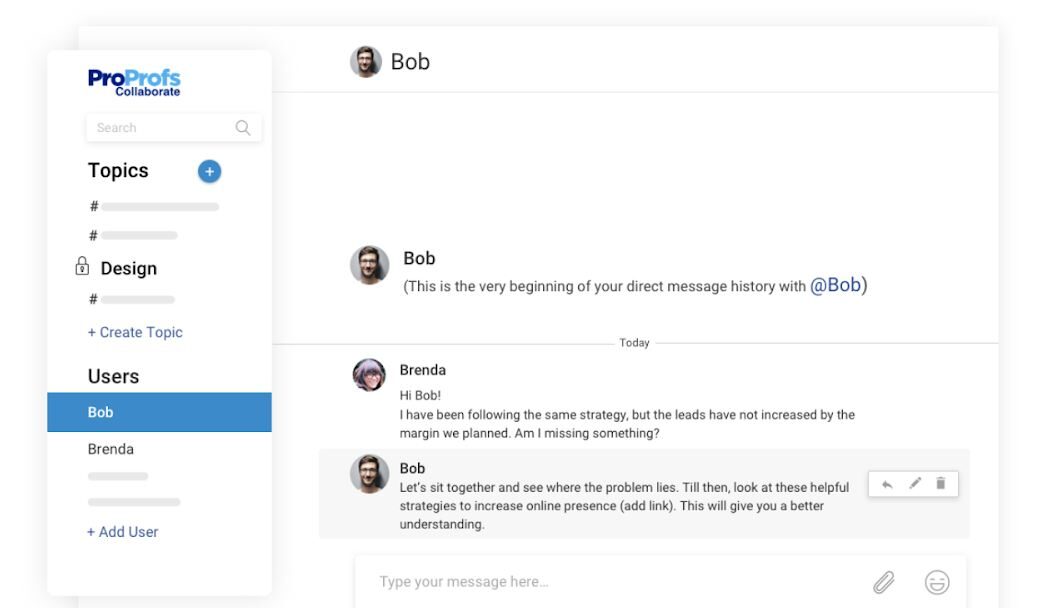
Collaboration tools enable learners to coordinate and work with their peers. They can ask questions and can organize knowledge via threads and topics.
Social Learning
Nowadays, many LMS solutions have social media integration tools where social networking groups can be created to facilitate online learning.
You can share formal training courses and quizzes on social media and encourage learners to attempt them and leave comments or ask questions. So, what begins as a formal activity becomes an informal and lively conversation.
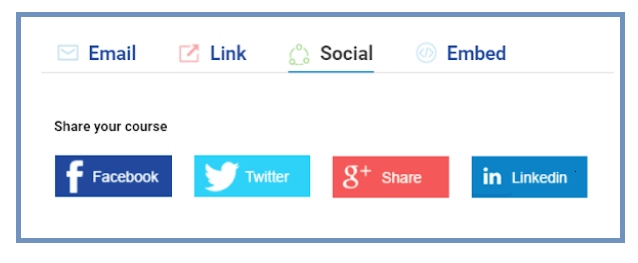
For example, through social or group-based learning, they can develop team-building and leadership skills.
Watch: How to Build High-Performing Teams | Training Course Introduction
Customized Learning Paths
With learning paths or self-paced learning, employees can choose online activities, courses, and assessments that’ll help them learn new skills.
An LMS gives them the right level of flexibility, delivers correct information, and lets you track learner activities and progress.
According to Learning Expert Matthew Tang:

An LMS can help learners master new skills gained through an informal learning experience.
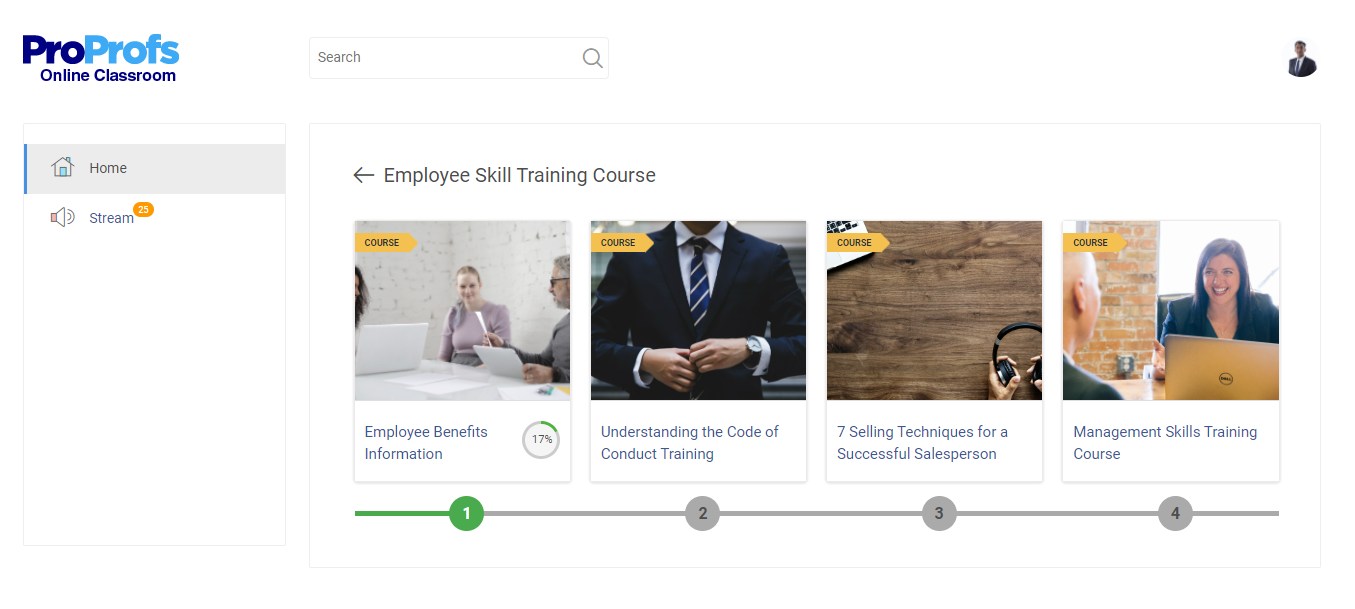
Recognize and Reward Employees
You can use an LMS as a forum to encourage and reward employees as a part of informal learning. You can encourage them to take up training & assessments and award certificates to keep them motivated and focussed. Employees can display their certificates, badges, scores, and ranks on their personal dashboards.
Employees want appreciation for making a difference at their jobs. An LMS can be used for documenting all the successes employees have achieved through informal learning. Through this, you can add a sense of accomplishment and retain employees easily.
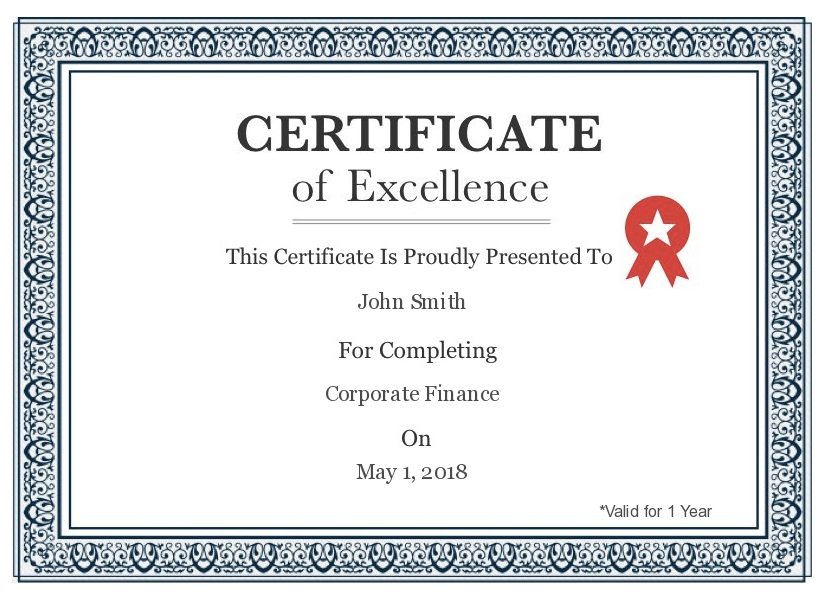
Create an Engaging Learning Experience with Informal Training
For an effective learning experience, organizations should use a mix of formal and informal training. This will keep learners engaged and will also increase knowledge retention.
Since most learners acquire knowledge in a self-paced manner and from experiences and informal discussions, they are interested in learning informally and gaining an in-depth understanding of the subject. Informal learning satisfies the innate need for learning in a flexible, convenient, and supportive environment.
To begin with, you can use an LMS as a forum to deliver your formal and informal learning training. As we’ve already discussed, this online training tool can helps you provide informal training in a structured manner and measure outcomes with LMS reports.
Do you want a free Training Software?
We have the #1 Online Training Software for employee training & assessment





